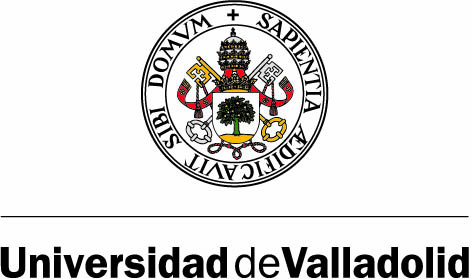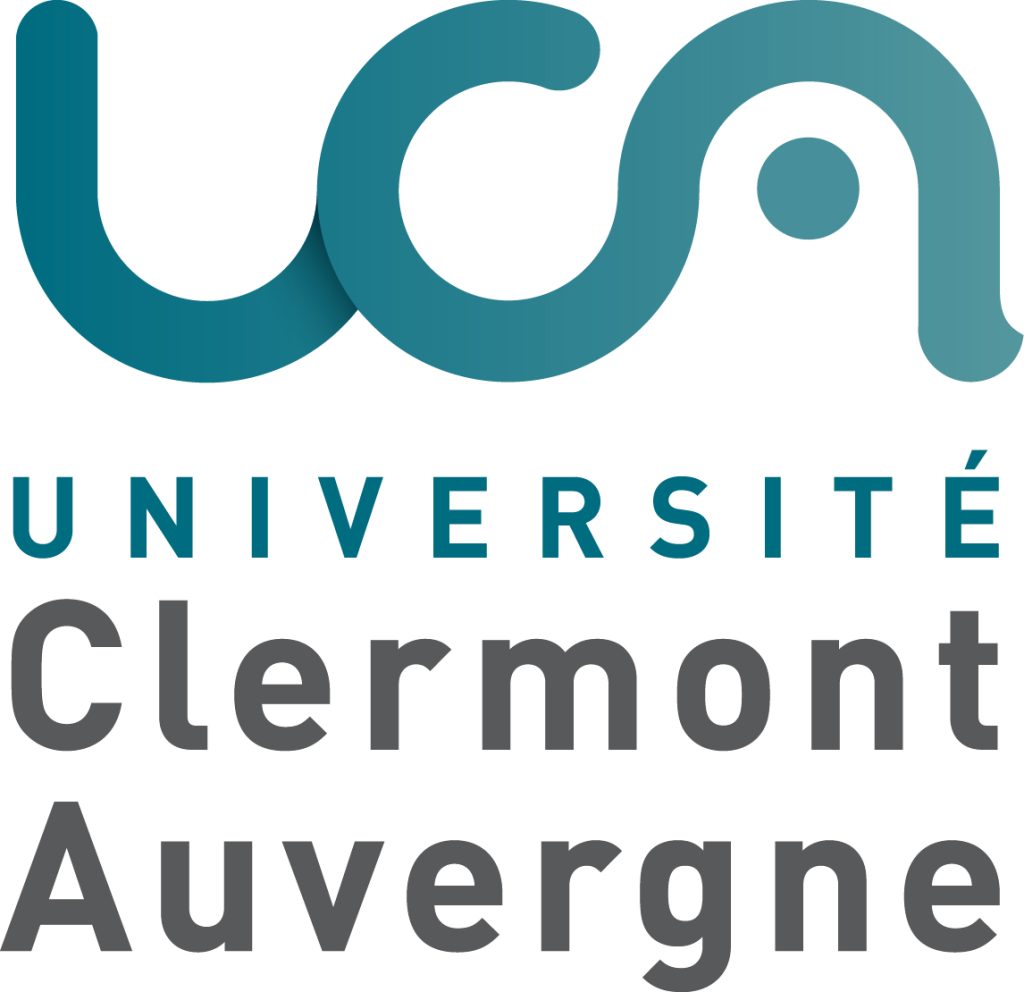THE PROYECT
The vision of BIOCOOLING, Bio-based solvents for the technological development of novel wet compression/absorption CO2 refrigeration systems, is the integration of mixtures of CO2 with biomass-based solvents (BBS) as working fluids for wet compression/absorption refrigeration (WCA) machines with advanced measurements and novel modeling.
Recent reports from the International Institute of Refrigeration (IIR) estimate that 8% of global greenhouse gas (GHG) emissions are attributed to refrigeration, air conditioning and heat pumps. Of these, 60% are indirect emissions associated with the manufacture of the more than 3 billion refrigeration units operating worldwide and the production of electricity to operate them (17% of global electricity consumption), and 40% are direct emissions from the refrigerant itself that is unintentionally released during maintenance, decommissioning or through leaks. Our vision is needed to meet the challenges posed by alternative, clean refrigeration fluids and systems that address climate change and tackle global warming. To this end, this project embarks on the development of a new series of very low-polluting refrigerants for energy-efficient refrigeration cycles.
The starting hypothesis of BIOCOOLING is that a thorough thermodynamic characterization and modeling of CO2 mixtures with different BBS will lead to the development of safer, greener and more efficient refrigeration systems. The overall objectives are:
- The characterization of promising natural refrigerants composed of CO2 and different BBS by means of experimental data and thermodynamic models, for: (i) the direct use of the developed models in the design and validation of WCA cycles; and (ii) the fundamental understanding of the interactions and structure of the mixtures at the molecular level and their relationship with their thermodynamic properties, which will potentially facilitate the search for new promising BBS for this or other applications.
- Investigation of the behavior and efficiency of the proposed refrigerants in WCA systems by evaluating the efficiency of reference models of these cycles and performing numerical simulations of their operation.
Entities involved




Funding entities

Data Management Plan
risks evaluation and register plan
NEWS
- Presentación de BIOCOOLING en el International Seminar on Sustainable Refrigeration – ISSR 2024
- Visit of Prof. Yohann Coulier to GETEF as part of the BIOCOOLING project
- Interview in El Norte de Castilla on BIOCOOLING
- Presentación de BIOCOOLING en la Jornada de Innovación Renault Group
- Presentación de BIOCOOLING en el evento Naukas Valladolid 2025
- Presentación de BIOCOOLING para los estudiantes del Bachillerato de Investigación/Excelencia
- BIOCOOLING es seleccionado como finalista de los III Premios de Automoción y Movilidad de FACYL – Clúster de Automoción y Movilidad de Castilla y León
- Entrevista en el Diario de Castilla y León sobre BIOCOOLING
